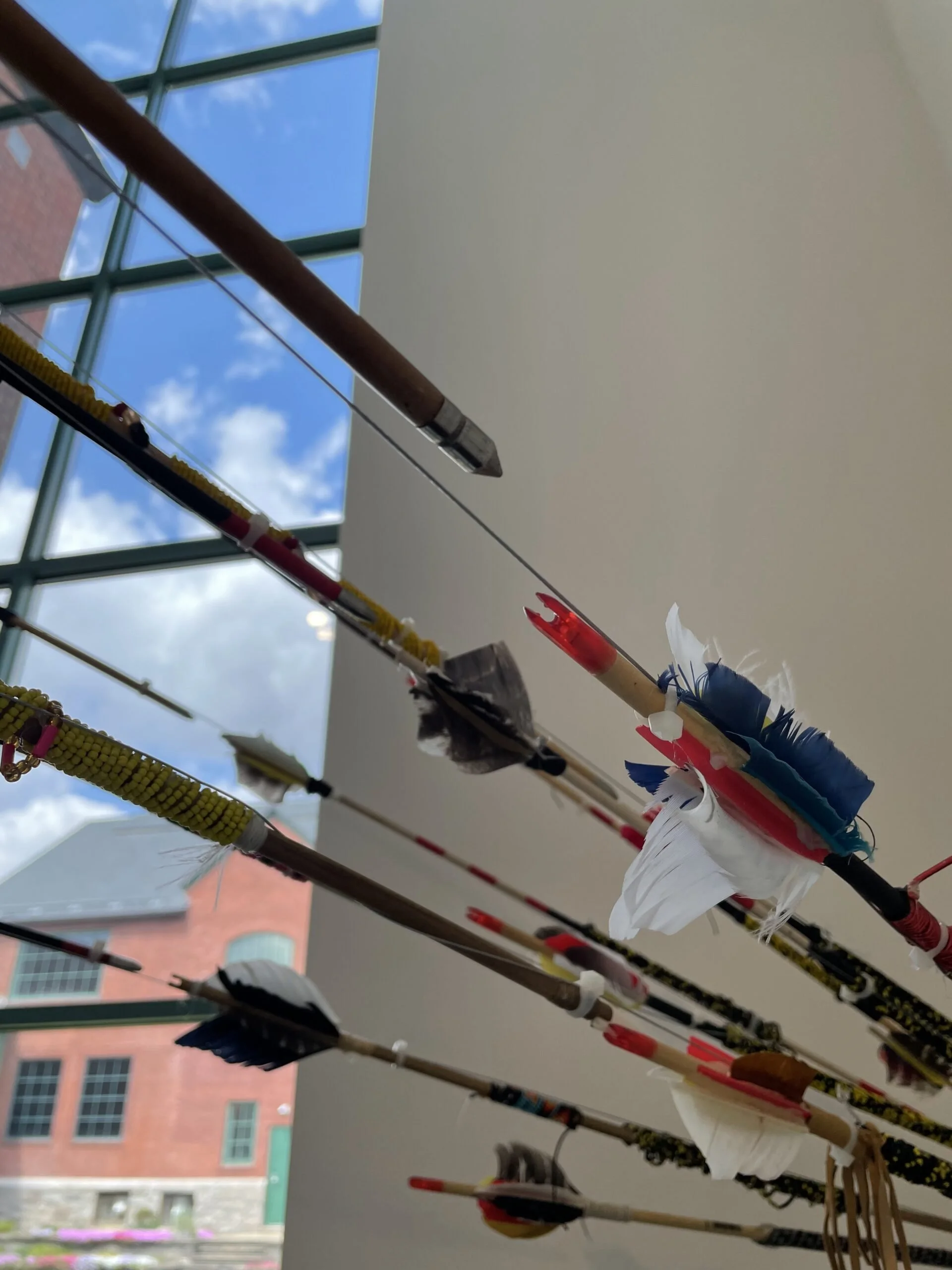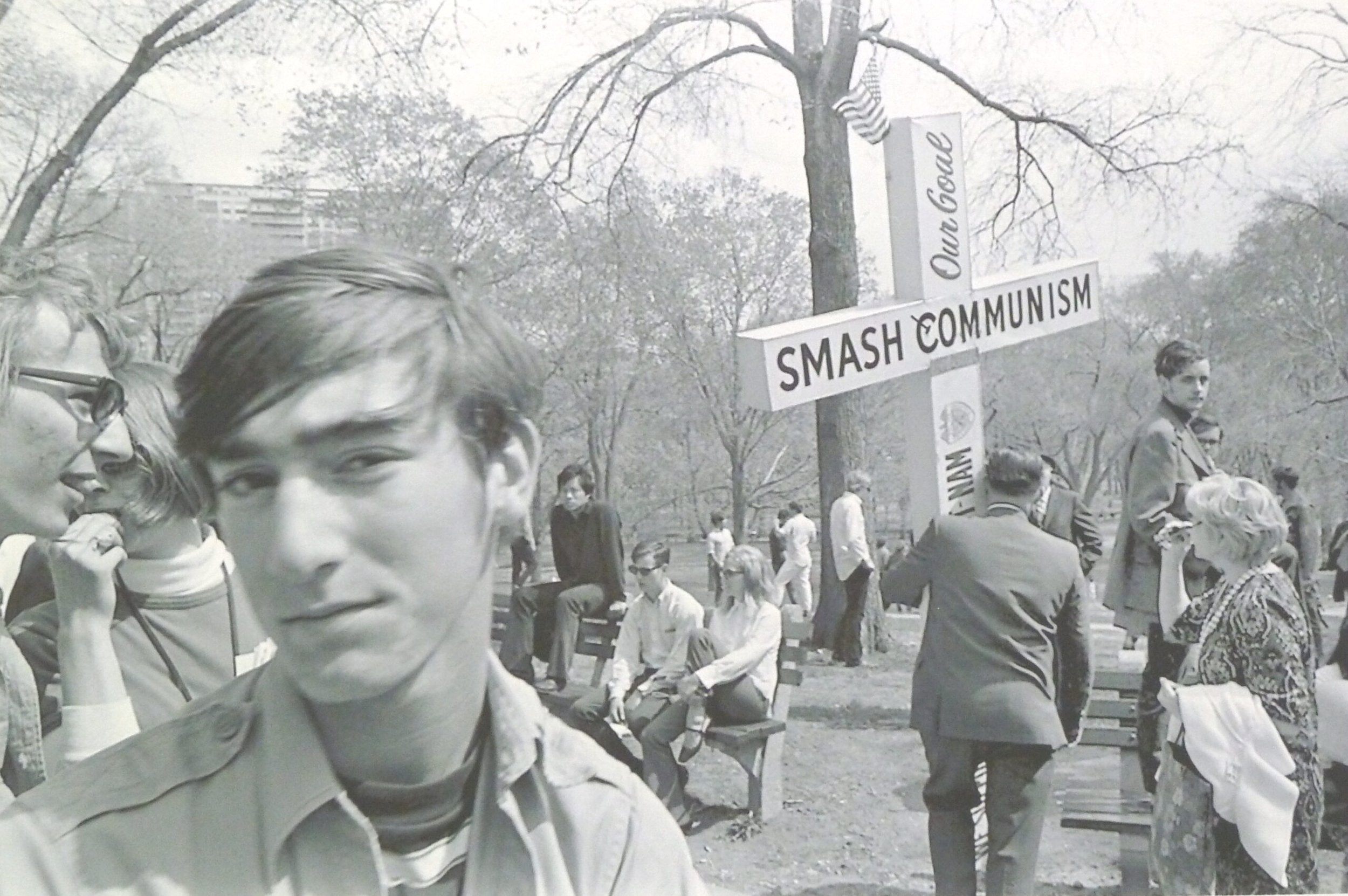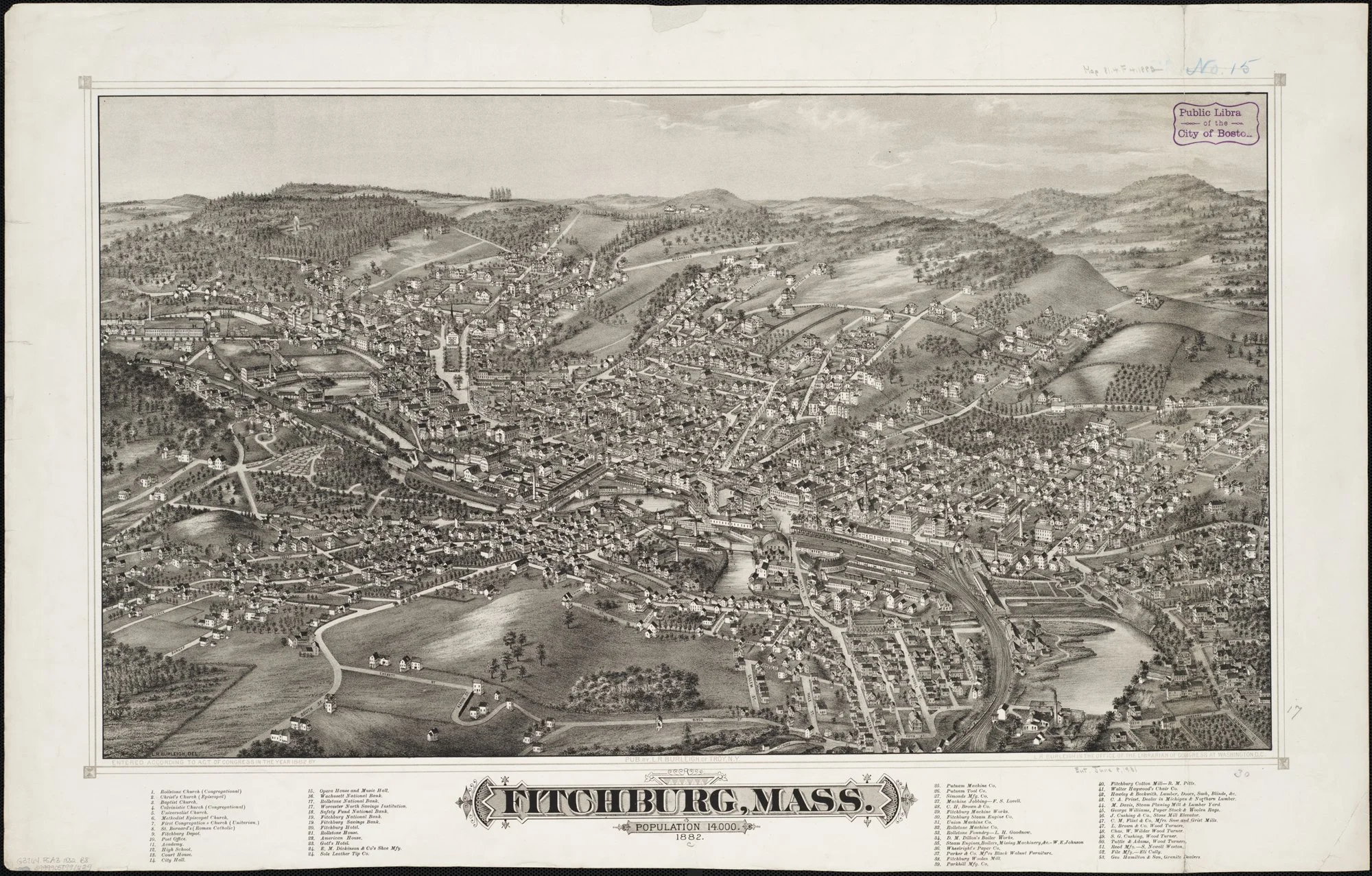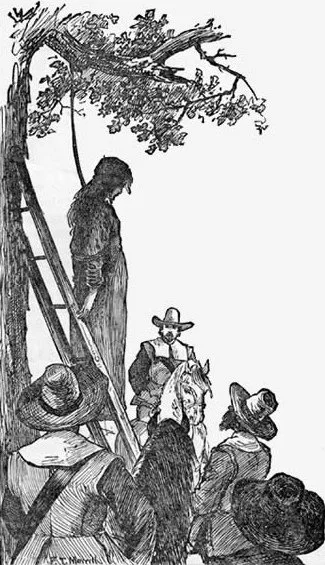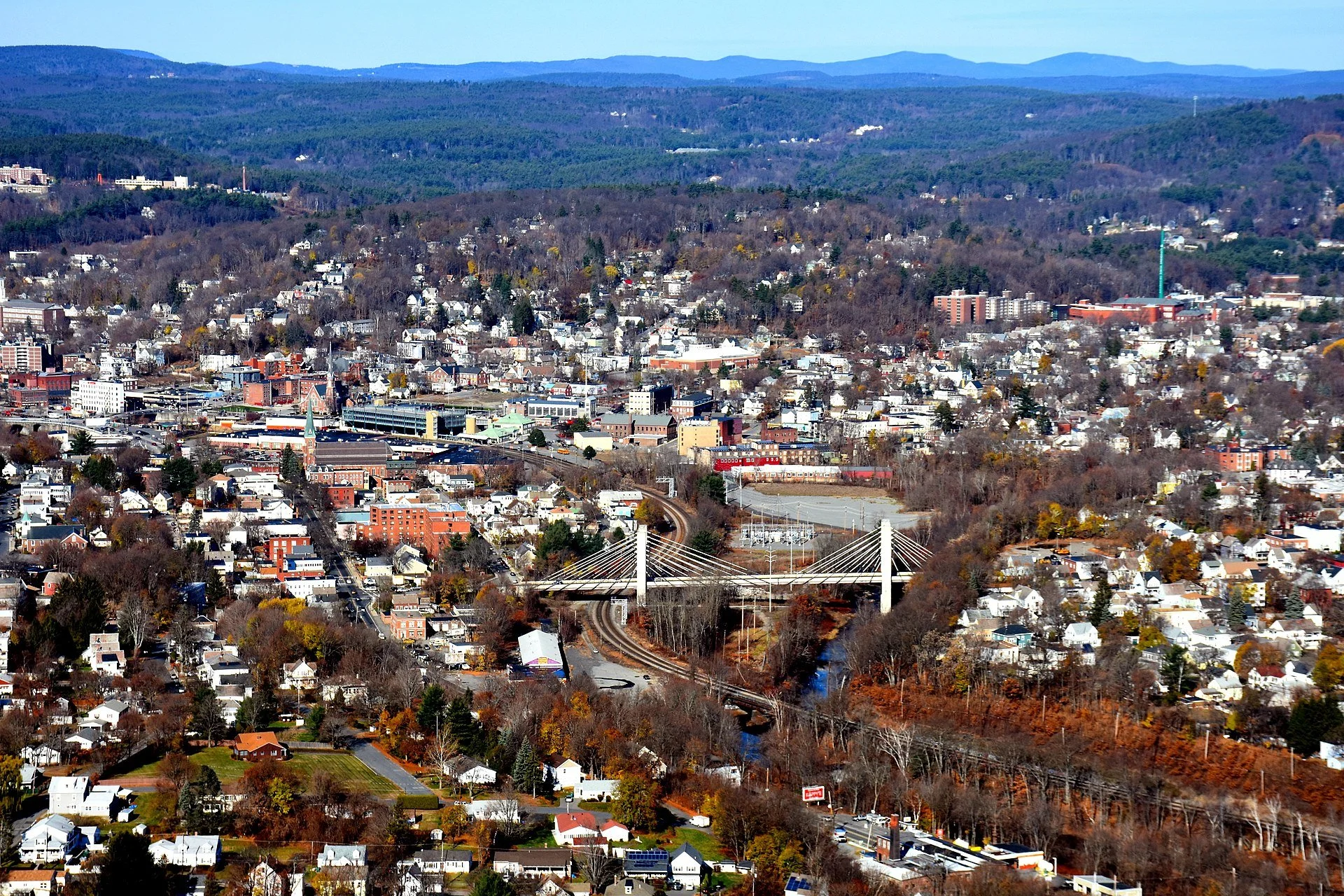“Freedom Arrows” (arrows, feathers (mostly turkey), wood, paint, metals, brass, beads, leather plastic, twine, acrylic paint, bone, human hair, stone, arrow heads), by Ari Montford, at the Fitchburg (Mass.) Art Museum, through June 2.
—Image courtesy of the artist
The museum says that the work “amplifies the arrow’s symbolism as tool, weapon, and message to explore Indigenous Black themes through the lens of the Native American experience of genocide. Within the museum lobby, a volley of hand-beaded arrows is suspended midair (as if just unleashed from unseen bows) and embedded in the walls. Dual concepts of protection and service, aggression and power blend with the arrows’ spiritual presence to create a space that provokes conversation about racial justice and narrative-making. Montford’s installation engages with the impact of structural racism, Indigenous trauma, and the process of creating safe spaces for restorative justice through their own voice as a Black Two Spirit Indigenous cultural practitioner.’’





